 Highlight:
Highlight:
Speed-
Advanced electronics deliver high-speed performance.
Sensitivity-
Active focusing produces a robust and highly sensitive system.
Signal-to-noise-
Elliptical ion-path design results in virtually zero neutral or chemical noise.
Performance
High-capacity turbo-pump standard provides unrivaled performance.
Features:
EVOQ GC-TQ- The Gas Chromatographer’s Triple Quad
Today Bruker is pioneering the migration of technology from research to a commercial laboratory. The EVOQ GC-TQ reflects this design philosophy and solves the hardware and software challenges faced by the quantitative analysis community.
Workflow design – Simple, intuitive, powerful
The daily laboratory routine faces constant demands, including following standards and regulations, meeting stringent timelines, and fulfilling various reporting requests. The powerful software suite for the EVOQ GC-TQ series simplifies workflows from sample to report, with instrument and user interfaces that adapt to your needs.
Client-server based software – integrating instruments for high throughput and ease of use
The software integrates acquisition and data handling together and allows the installation to be tailored specifically to your laboratory’s needs. Whether one instrument at one station or a centralized server with several mass spectrometers feeding data in from all over the world, the Bruker network maximizes system uptime.
Libraries – User-created or commercial library support
The EVOQ GC-TQ gives users the freedom to create an unlimited number of libraries to share with partners around the world, which can be shared between different clients from one or more servers. The use of pre-determined libraries and commercially available databases in NIST format represents a substantial time-saving.
MRM Method Builder – Designed by chromatographers
The EVOQ GC-TQ’s autofill function removes the need to know the MRM transition of an analyte. A simple drag-and-drop of the compound from the factory-installed compound library, which contains more than 3000 MRM transitions, automatically sets up the method and manages the TQ duty cycle.
Benefits:
EVOQ GC-TQ
Unrivaled performance, reliability, and compact for benchtop space savings
The EVOQ GC-TQ utilizes an innovative “lens-free” elliptical ion-path design that delivers ultra-high sensitivity and chemical noise reduction.
Additional benefits include:
High-speed electronics – more MRM transitions per run and better sensitivity with more data points for each chromatographic peak.
Simple tuning – “Lens-free” ion path for higher stability and sensitivity. Fewer statistical ion losses and no charging effects lead more ions from the source to the detector.
Greater sensitivity – Active-Focusing q0 uses helium molecules to increase ion transmission. Collision cooling lowers the diameter of the ion trajectory and also increases the number of ions that reach the detector.
Higher S/N – The unique ion-path and curved collision cell design results in virtually zero neutral ions or chemical noise reaching the detector whilst improving the MRM sensitivity by significantly reducing ion losses due to ion scattering in the quadrupoles before and after the collision cell.
Easy MRM method setup – Simply type the name of the compound and the system auto-fills the MRM information, saving time and resources by generating the methods you require.
Unrivaled performance – A high-capacity turbo-pump is standard with every EVOQ GC-TQ, which allows field upgrades for chemical ionization and ensures continued high performance.
Eliminate re-injections – The Extended Dynamic Range detector with unique Integrated-Quad design requires just one injection, saving time and resources, and delivering accurate and rapid results.
Applications:
EVOQ GC-TQ
EVOQ GC-TQ set new standards of performance in:
Food Analysis and Testing
Ideal for testing for pesticide and veterinary drug residues, and other contaminants in food products. The high MRM speed allows high throughput chromatography testing, delivering a wide scope of application utility and unprecedented flexibility.
Environmental Analysis
The MRM software databases allow the simple setup of methods to screen and quantify hundreds of compounds, even those detected in low amounts.
Forensic Toxicology
Body fluids are amongst the toughest matrices for analysis. The EVOQ GC-TQ series delivers sustained sensitivity and robustness to meet the unique challenges of forensic analysis while minimizing maintenance downtime.
Targeted Metabolomics
The software suite brings the EVOQ GC-TQ system in line with Bruker’s well-known instrumentation and software for Metabolomics and Phenomics investigations. Users can now integrate data from every Bruker instrument using the same workflows.
Specification sheet:
EVOQ GC-TQ™ Select Mass Spectrometer
The EVOQ GC-TQ Select is the chromatographer’s choice for triple quadrupole mass detector; it is designed to match your most stringent needs for analytical performance and productivity. The EVOQ GC-TQ Select offers superior sensitivity and robustness based on the innovative ion optics, and fast and easy methods development for multi-component quantitation following the unique Compound Based Scanning (CBS) approach with MRM library. The EVOQ GC-TQ Select GC-MS/MS system defines a new standard of usability for routine analysis and has the smallest bench footprint in the industry.
Analyzer – MS Specifications
• Scan modes: Full Scan, Precursor Ion Scan, Product Ion Scan, Neutral Loss scan,
Selected Ion Monitoring (SIM), Multiple Reaction Monitoring (MRM)
• Standard ionization mode: Electron Ionization (EI)
• On source: Auto-aligning source constructed of inert materials
• q0ion guide: 90° curved RF-only entrance quadrupole with active ion beam focusing and heating at 135 oC
• Source temperature: 100 – 350 °C
• Filament and emission current: dual filaments; up to 200 μA
• Electron energy: adjustable from 0 – 150 eV
• Mass filters: quadrupole with pre- and post-filters; high ion transmission efficiency, lens-less design
• Collision cell: 180° curved path with pre- and post-filter regions
• Collision cell gas: Argon with software selectable pressure up to 2 mTorr
• Collision energy: selectable up to 75 eV
• Mass range (m/z): 1 – 1200 Da
• Scan rate: up to 20,000 Da/sec
• Minimum scan time (dwell time): 1 ms
• Maximum acquisition MRM rate: 500 MRM’s/sec
• Resolution: user-adjustable from 0.7 – 4 Da, also with four user-selectable settings
(Unit, Standard, Open, Custom) on both Q1 and Q3.
• Mass axis stability: <±0.1 Da over 24 hours
• Transfer line temperature: up to 350 °C
• Manifold temperature: 40 – 50 °C
• Detector: EDR™ Electron multiplier with ±5 kV post acceleration and with on-the-fly multiplier gain, optimization for
Extended Dynamic Range (EDR) for 10e7 dynamic range
• Turbomolecular pump: dual stage, 310/400 L/sec, air-cooled for helium carrier gas flow up to 25 mL/min
• Foreline pump: dual-stage rotary vane; voltage 120/230V
• Power requirements: 100 – 240 VAC, 50/60 Hz ± 3 Hz, 1200 VA
• Operating environment temperature: 15 – 33 °C
• Operating environment humidity: 20 – 80% relative humidity (without condensation)
Software
• Bruker MS Workstation: equipped with the Compound Based Scanning (CBS) MRM library for data acquisition, data
handling, and reporting
• Optional spectral libraries: NIST, Wiley, and Maurer/Pfleger/Weber (PMW) libraries and with user-customizable
libraries and automatic searching of multiple libraries
• Compass/HyStar control and TASQ post-acquisition data processing for unified software experience
Gas Chromatograph (Bruker 436 and 456 Model GC)
For more specification on GC, refer to the GC Data Sheet
• Injectors: Split/Splitless (SSL), Programmable Temperature Vaporization (PTV), etc., back-flush option available for all
injectors.
• Autosamplers: CP 8400; CP 8410; CTC PAL
• GC Oven Temperature: Ambient+4 °C to 450 °C
• Temperature Ramps/Holds: 24/25
• Pneumatic: Electronic Flow Control (EFC)
• ChromatoProbe™: Direct introduction of solids, liquids or slurries (requires PTV injector)
• Multi-language touchpad on the GC.
| Mode | Test (with SSL injector in hot splitless mode) | Specification† |
| EI Full Scan | 1 pg Octafluoronaphthalene (OFN) from m/z 50 to 300 for m/z 272 | S/N ≥ 1000:1 |
| EI SIM | 25 fg OFN for m/z 272 | S/N ≥ 50:1 |
| EI MRM | 100 fg OFN for m/z 272>222 | S/N ≥ 5000:1 |
| EI MRM Precision (IDL**) | 8 replicate injections of 25 fg OFN in EI MRM mode (m/z 272>222) | Peak Area RSD ≤ 10 fg |

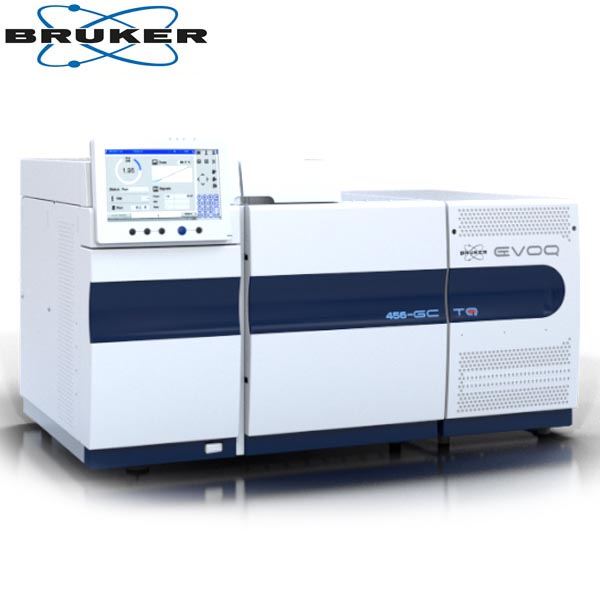
 Highlight:
Highlight: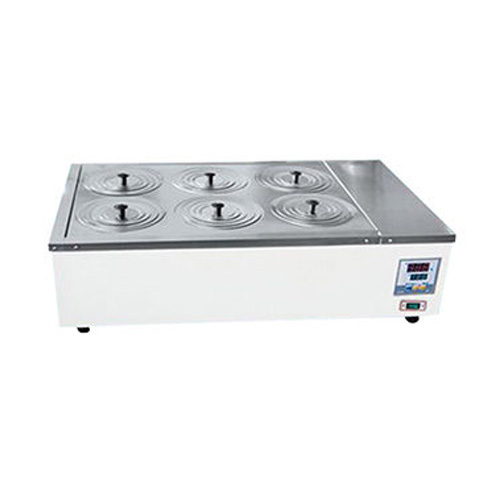
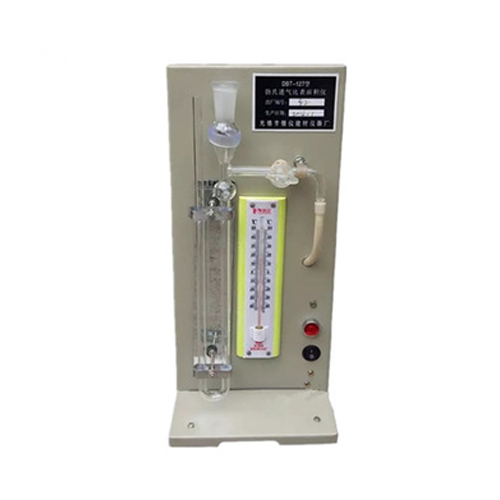
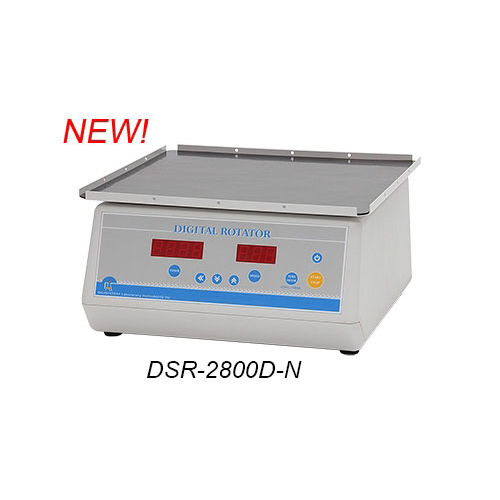
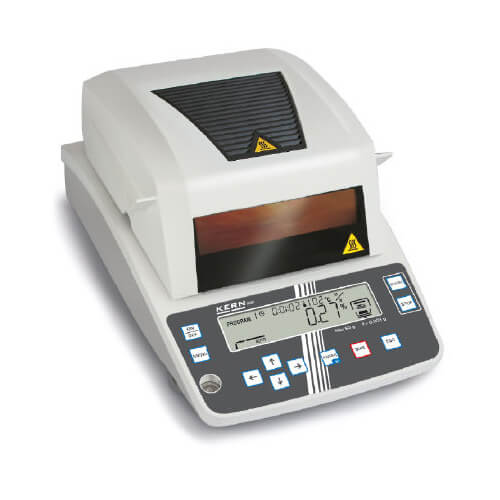

Reviews
There are no reviews yet.